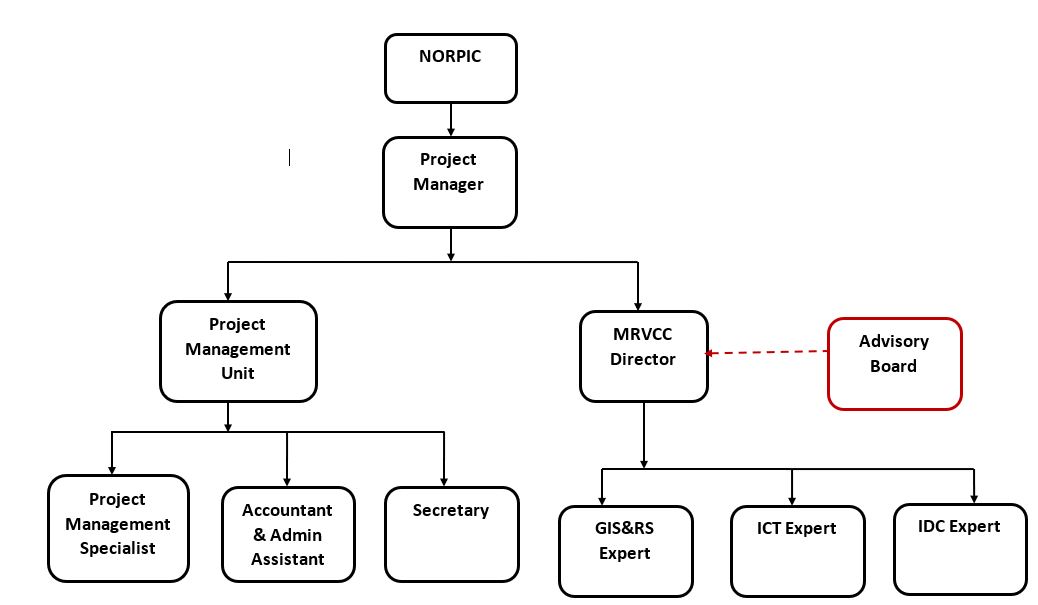- Super User
- MRV
- Hits: 5044
THE STATUS AND DETERMINANTS OF SOLAR PHOTOVOLTAIC TECHNOLOGY UTILIZATION BY RURAL HOUSEHOLDS IN GOZAMIN WOREDA, AMHARA NATIONAL REGIONAL STATE, ETHIOPIAABSTRACT Solar Photovoltaic technology has been advanced in the world as a renewable energy source many
Abstract
Solar Photovoltaic technology has been advanced in the world as a renewable energy source many years ago. The progress of the technology is due to its social, economic and environmental benefits. However, utilization of solar photovoltaic technology by rural households in Ethiopia is a recent phenomenon with low rates of use. To utilize these technologies consistently and sustainably, conducting researches is very crucial. Hence, this study was conducted to meet the aim of exploring the status and determinants of solar photovoltaic technology utilization by rural households in Gozamin woreda. Three kebeles called Wonka, Libanos and Yetijan were purposively selected to conduct the study. Simple random and stratified sampling methods were used as they give elements equal chance of being selected and be good representative of samples. Primary data were collected from sample households using structured questionnaire, field observation, and focus group discussion. In addition, secondary information was also collected from published and unpublished reports, magazines, journals, etc. to strengthen the primary data. From the three kebeles a total of 190 representative household samples were selected. Users were 31.5 percent and the rest 68.5 percent were non-users of solar photovoltaic technology. Binary logit model was used to analyze the correlation between utilization of solar photovoltaic technology and different explanatory variables. Descriptive statistics was also conducted to analyze the functionality, patterns and constraints of SPV technologies. The result of descriptive statistics showed that all the diffused technologies were functional. Despite this, 23.4 percent SPV technology adopters fail to function once or twice per month. Concerning the patterns of SPV utilization, all the adopters used the technology mainly for lighting. Additionally, 78.3 and 18.3 percent of the adopters use the technology for mobile charging and making petty trades respectively. The major constraints of SPV utilization were awareness gap, price increment and SPV providers shortage comprising of 70, 26.7 and 3.3 percent respectively. Moreover, the result of the binary logit model showed that age and income affected utilization of solar photovoltaic technology significantly with (P< 0.01 and P< 0.1) respectively. Similarly, wealth status, awareness creations made, providers of the technology, house quality and price of the technology were also affected utilization significantly (P<0.05). Conversely, family size, agricultural land size, education level, market access, human capital and quality of technology were explanatory variables that were assumed to affect utilization, but they do not affected utilization of the technology. Suggesting distribution, financial and government institution to make awareness, encourage more individuals to be provider of SPV technologies and avail long term credit access to buy the technologies.
Key words: Adoption, Ethiopia, Gozamin, Solar Photovoltaics, Utilization

